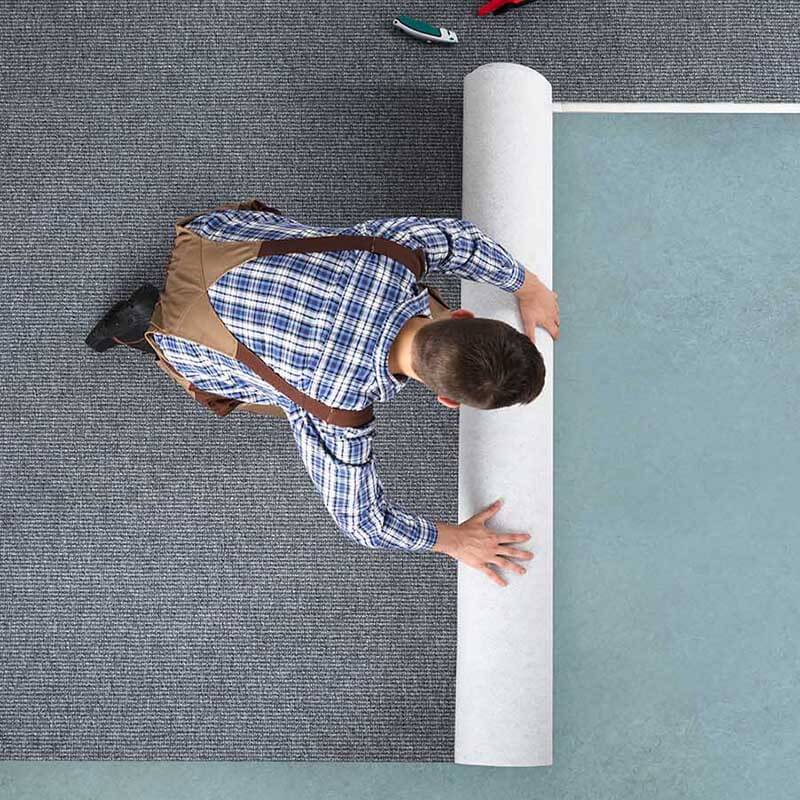CARPET
Carpet adds luxury, sophistication and style.
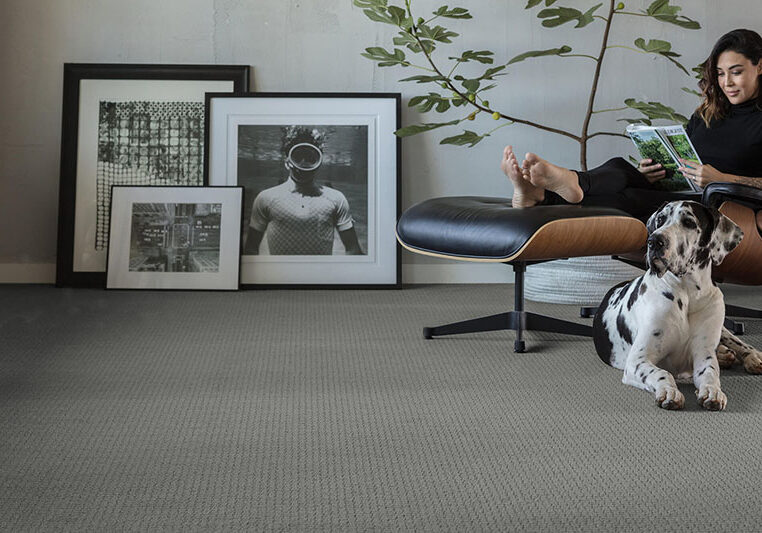
Quality Carpet For New Homes
Create gorgeous, luxurious living spaces with carpet. Carpet remains a popular choice for homeowners because of its beautiful designs, comfort, and versatility. The perfect addition in living rooms, bedrooms, and more, carpet provides an extra touch of style, warmth, and softness underfoot.
At The L&L Company, we carry quality flooring from the top manufacturers to provide you with the latest designs and most innovative products. Our carpet will remain stunning for many years and will be there for all of life's precious moments, from first steps to birthdays and holidays to graduation celebrations and more.
We are the preferred carpet provider for builders in the Mid-Atlantic, and we look forward to working with you to create the home of your dreams.
Why Choose Carpet?
Carpet is available in a wide selection of colors, patterns, designs, and styles so there is sure to be a product to complement the look of any home. Carpet has remained a highly sought after flooring for new homeowners because of its high designs and comfort.
Today's carpet is more durable than ever, made to stand up to all of life's everyday messes. You can install carpet knowing it will withstand fading, staining, and wear and tear, for a product that you will love for many years.
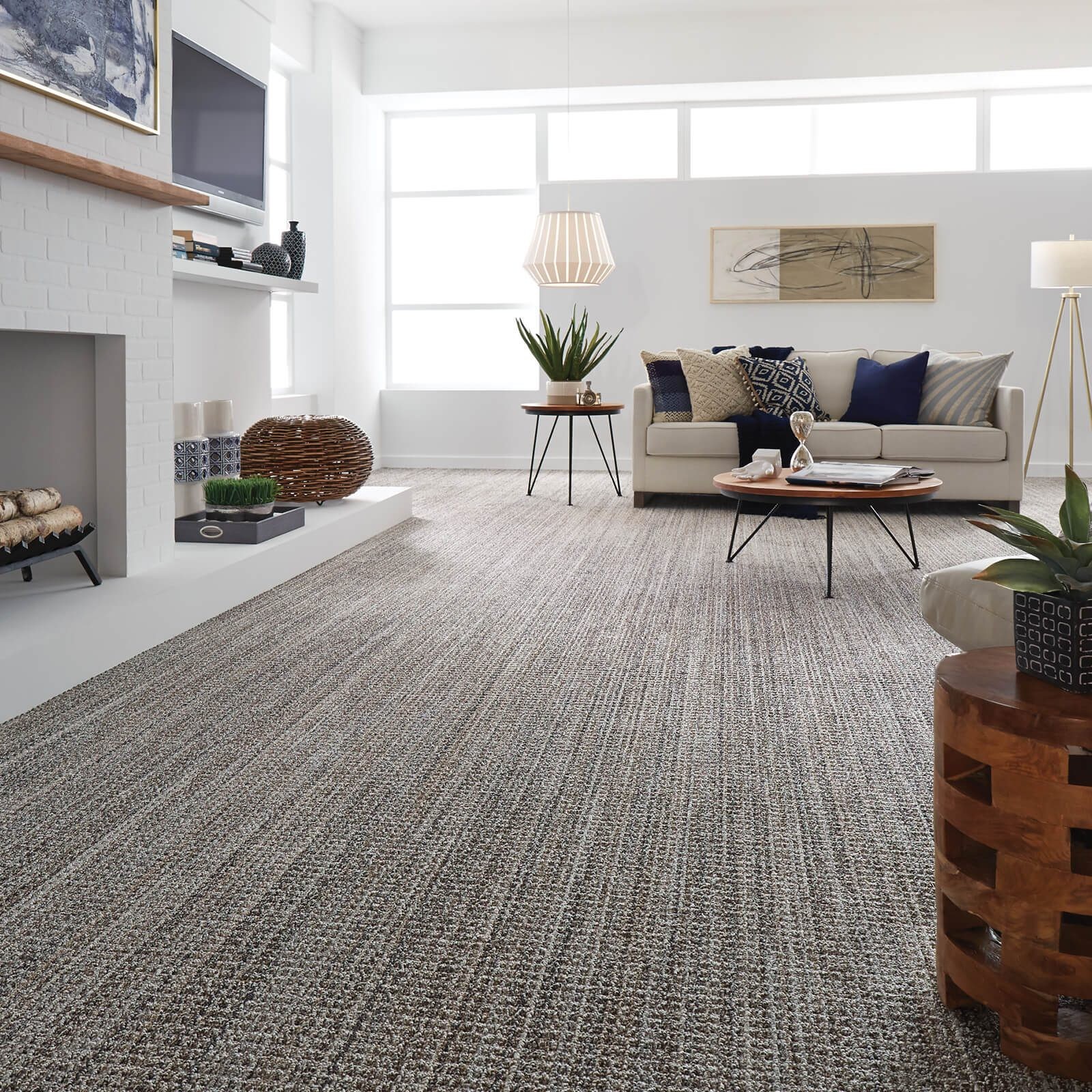
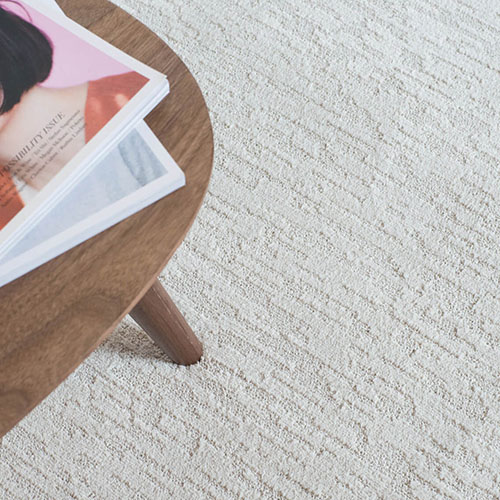
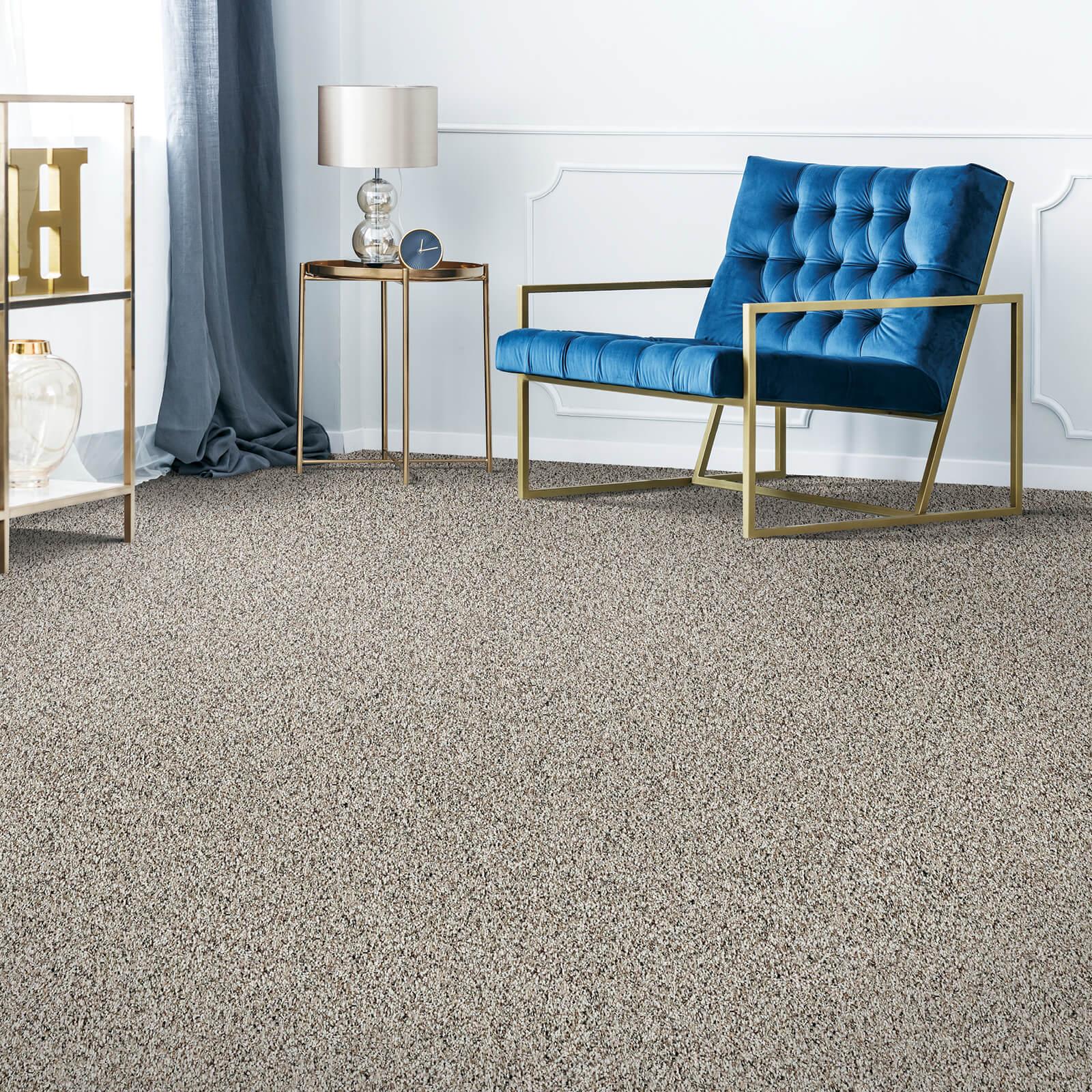
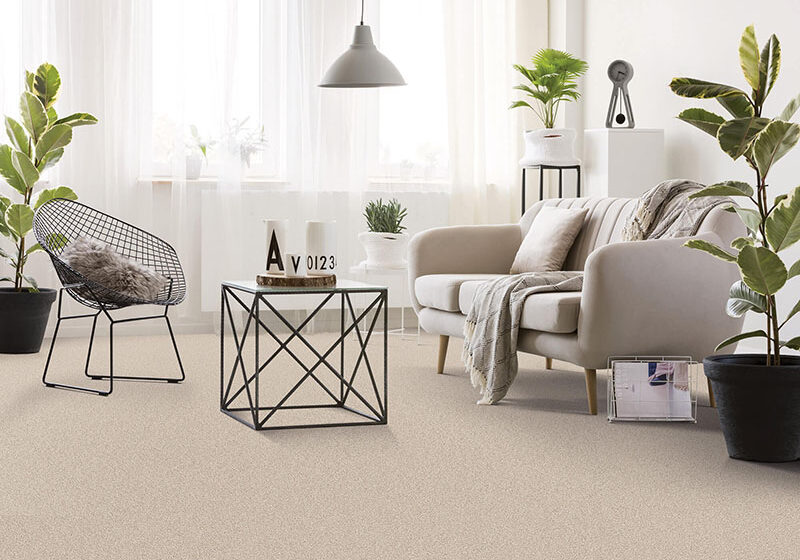
Need Inspiration?
Take a look at our carpet inspiration gallery! See the latest trends and fashions to inspire looks for your space.
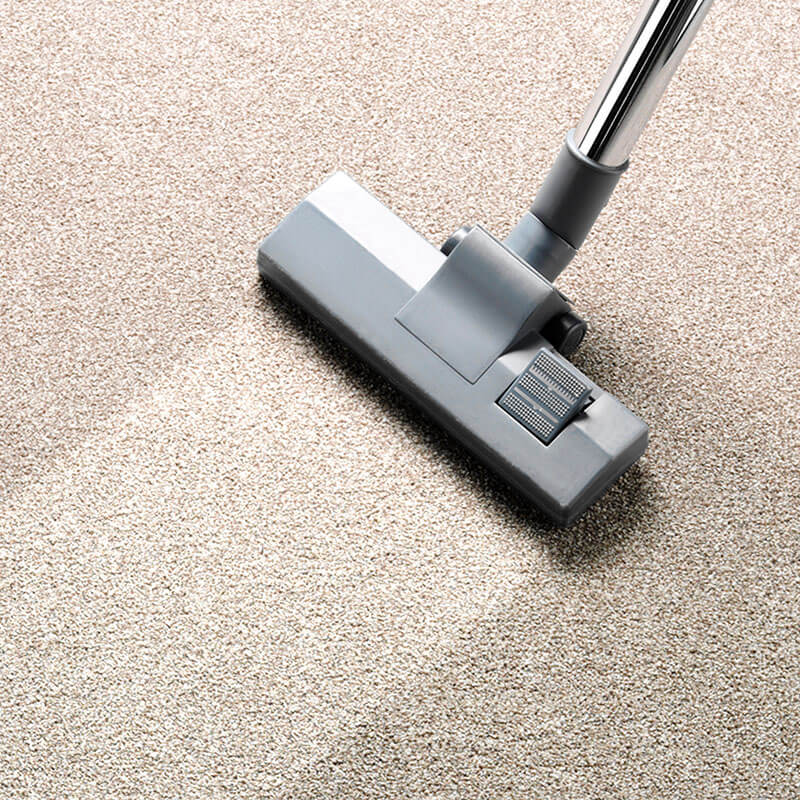
Carpet Care & Maintenance
Learn the best practices to keep carpet looking great from day one.
Learn More About Carpet
Before you Buy
Things to know before laying down money or carpet.
It just makes sense that, the more you know about something, the better able you are to make a smarter purchase decision.
That goes in spades for buying carpet. Information about the construction of carpet is good, but knowledge about carpet specifics and characteristics, about its traits and subtle differences, can be invaluable.
It’s a fact. Choosing the best carpet is really about knowing the right combination of characteristics, aesthetics, performance and budget to best meet the needs of your lifestyle.
For example, looped Berbers and high twist friezes perform wonderfully in high traffic areas in your home, but an elegant Saxony in the same area may show footprints. Isn’t that good to know?
We want you to know all of the important carpet facts and we’ve created this section specifically for that purpose.
Our goal is to help you get smart before your carpet is laid down -- and long before you lay down your money.
So, we invite you to read on, check out these notes, tips and considerations and get the upper hand on the flooring that may soon be underfoot.
It just makes sense that, the more you know about something, the better able you are to make a smarter purchase decision.
UNDERSTAND THIS ABOUT SEAMS.
Carpet is available in 12’, 15’ and sometimes 13’ widths.
Unless the room to be carpeted is narrower than these widths, the carpet will be seamed.
With looped or low-profile patterned carpet you may have visible or peaked seams.
The degree of their visibility depends on texture, color, lighting and furniture placement.
A NOTE ON BACKING AND LOOPS.
Be aware that, as carpet bends over stairs, its backing may show depending on texture, color and density.
Plus, you should know that looped carpet can snag, particularly at a seam or at a carpet transition.
But never fear, in the Carpet Floor Care section we provide information on how to properly care for looped carpet.
EVERY CARPET HAS A CHOSEN COURSE.
The nap of all carpets run in one direction.
Pile reversal, or shading, is a normal characteristic of many cut pile style carpets.
This can be particularly apparent with plush carpet.
If this becomes an issue, consider window treatments and furniture placement as a way to minimize this effect.
DURABILITY IS A FUNCTION OF QUALITY.
Higher quality carpet will typically have greater pile density, and tighter twist construction, which will result in better durability. Another consideration is that it’s easier to replace or update a home’s décor with carpet compared to other hard surface products. Dollar for dollar carpet offers significant styling advantages, and adds value to any home. Carpet also feels warm underfoot and reduces household noise.
COLOR RULES. YOU SHOULD KNOW THESE.
Color has a big impact on any room in the home. Carpet covers a large area of any room, so it’s important to keep some basic rules in mind when selecting your carpeting.
An important consideration about carpet color is that once a carpet is installed in a new home, it will often look lighter than the sample you saw in the store. This is a natural optical effect and you should be aware of this when making a carpet color selection.
Another thing to keep in mind is how the color of carpet affects the apparent size of the room. Lighter colored carpet will visually expand the size of the room. Darker carpeting will seem to bring the walls closer together, and create a more intimate feeling.
Neutral colors are the best choice if you expect to frequently change the decorating scheme, or if you’re trying to incorporate a lot of existing furniture. Using a neutral colored, good quality carpet is a good idea if the
home will be resold any time soon. It’s easier for a prospective buyer to imagine their furniture in a room that is decorated with neutral colors.
CHECK YOUR WARRANTY FOR STAINS.
Stain protection is an important consideration in any carpet purchase.
Carpet products come with different stain protection levels and warranties that help guard your carpet against stains.
As you increase the quality of carpet, stain protection also typically increases, as does the manufacturers warranty coverage.
With this in mind, it is important to understand exactly what is covered by the warranty of your specific carpet as warranties do vary.
UNDERSTAND WHAT’S BENEATH IT ALL.
One of the most important considerations in choosing the right carpet for your home has to do with where you can’t see – beneath the surface of the carpet.
Carpet cushion, the layer of material that lies between the carpet and floor, can make the difference between a good feeling carpet and a great one.
It’s carpet cushion, not the carpet itself that determines how a carpet feels beneath your feet.
However, carpet cushion isn’t just about feel.
A quality carpet cushion helps preserve the look of the carpet, and can even extend the life and comfort of a carpet, providing it with tougher protection against wear and tear.
Also, understand that carpet cushion is sold using quality specifications, not color specifications. The color of the sample you see in the store may not be the same color as the carpet cushion installed in your home.
The label makes for valuable reading. Be sure to become familiar with all of the product specifications and warranty coverage on the back labels of the carpeting you’re purchasing. Doing so will protect your investment today and tomorrow.
GET ON TOP OF THE BOTTOM LINE. KNOW THE ENTIRE COST OF OWNERSHIP.
The “cost per square foot” of your carpet is just one component of the entire project cost. To ensure there are no surprises, and the carpeting you select fits within your overall project budget, be sure to ask us to calculate the total cost of your floor covering project. Here’s a list of potential additional expenses you may incur:
- Furniture removal/replacement.
- Demolition/disposal of old floor covering. Depending on the existing floor covering,
this can be an expensive item; also, be sure to include the cost to dispose of the
old floor covering. - Sub-floor preparation. Depending on the condition of the sub-floor, it may require
additional work. - Product delivery.
- Carpet installation. Determine the cost per square foot to install it.
- Materials required to complete the installation. Your new carpet may require additional
materials to install it properly, like adhesives, moisture barriers, stairnosings,
baseboards, etc.
In addition to the total project cost, you should also know the cost of annual cleanings to maintain the beauty and life of your new carpet. We can help you answer those questions but be sure to also consult the manufacturer’s warranty and care guide for directions on how frequently the carpet should be cleaned and the cost to clean it.
There’s a lot to know and keep in mind before you buy your carpet, but it’s well worth the effort. If you’re a smart and knowledgeable carpet shopper it will pay off in many ways, the best of which will be carpeting you’re pleased to come home to.
How it's Made
Wall-to-wall knowledge on how carpet is manufactured.
Knowing how carpet is made can be very advantageous. It enables you to understand the product’s materials right from their birth. Remember that these are materials you will be living with, and on, should you choose to have carpet installed in your home.
Knowing the different materials that make up various carpets also helps you understand and evaluate their performance aspects: why certain carpets are easier to install, why some wear better, longer, and why others are easier to care for and clean.
Plus, perhaps most important, understanding carpet manufacturing and materials can make you a smarter shopper, help you better determine carpet value and keep you inside the borders of your home improvement budget.
Now, before we take you through how carpet is made, remember that, when selecting carpet, thicker is not always better. What you need to look at is the construction of the carpet.
You want a tight twist in each yarn, not loose and frayed at the end.
A firm, dense pile is also the mark of a quality carpet. How to check the density? Bend a corner of the carpet and see how much backing shows. The more backing you see, the less dense and durable the carpet.
And for high traffic areas, consider lower profile carpets that won’t have the potential to matte and crush.
But we’re getting ahead of ourselves. To start at the beginning, check out our materials and manufacturing story that follows.
TO UNDERSTAND CARPET IS TO KNOW ABOUT FIBER.
Fiber is the basic material that a carpet is made up of. Over ninety percent of all of the carpet made today is made up of synthetic fiber.
The rest is natural fiber, most commonly wool. First, let’s look at the most common synthetic fibers.
Synthetic fibers are usually made up of one of three materials: nylon, polypropylene or polyester. All three are created by similar chemical processes using oil and natural gas.
NYLON LEADS THE WAY.
Almost 75% of carpet today is made of nylon and, compared to the other fibers below, it performs the best overall. Nylon is the leader in: appearance retention, fade and heat resistance, soil and stain resistance, and color and styling. The highest performance nylon is Type 6.6, which has a tighter molecular construction, making the carpet more resistant to stain penetration.
POLYPROPYLENE IS POPULAR AND NATURALLY RESISTANT.
The next most common material used in carpet manufacturing is polypropylene. Introduced in the late 1950’s in Italy, polypropylene BCF has seen fast growth over the last twenty years, and today represents more than thirty-five percent of the total fibers used in the carpet industry.
While polypropylene is not as resilient or resistant to abrasion as nylon, it is naturally stain and fade resistant. Its natural resistance to moisture means that it must be dyed before being extruded, resulting in a more limited range of color options. Polypropylene is most often used in loop pile carpet constructions.
POLYESTER’S PERFORMANCE SATISFIES MANY.
The third type of material commonly used in carpet manufacturing is polyester. Polyester was introduced to the carpet industry in the mid 1960’s, and has been well accepted for its bulkiness, color clarity, and good stain and fade resistance. While not as resilient as nylon, Polyester fiber carpet constructed with today’s new technologies can be a good performer.
WOOL IS NATURAL BUT EXPENSIVE.
The above three materials make up the majority of synthetic fibers. The other type of fiber used in carpet construction is staple fiber. While some synthetics are used in the creation of staple fibers, the original staple fiber used in the making of carpet is wool.
The wool used in today’s carpet comes primarily from New Zealand, Argentina, and the United Kingdom. Since wool is a natural fiber, it ranges in color from off-white to black, with many earthen tones between.
Berber, now considered a type of carpet construction, actually comes from the name of a group of North African sheepherders called the Berbers. The Berbers were known to produce very coarse wool, with characteristic color flecks in their yarns.
Although wool doesn’t stand up to abrasion and moisture as well as synthetics, it cleans well and is known to age gracefully. Wool is the most expensive carpet fiber, and represents less than one percent of the U.S. carpet market.
HOW CARPET IS MADE IS A 3-PART PROCESS.
There are basically three steps to manufacturing carpet. The first step is tufting.
Tufting begins with the process of weaving the synthetic or staple fiber into a primary backing material. The primary backing material is usually made of woven polypropylene, and its main value is to provide a base cloth to hold the yarn in place while the tufting happens.
The tufting machine looks like a really big sewing machine.
It has anywhere from 800 to 2000 needles working in concert to pull the yarn through the primary backing material. The typical tufting machine sits about 12 feet wide, and as its needles penetrate the backing, a small hook called a looper grabs the yarn and holds it in place. This process results in what is called loop pile construction.
Loop pile products hold their appearance exceptionally well. Since there are no exposed yarn tips, only the sides of the yarn are exposed to wear and stress. Generally speaking, low profile loop carpet stands up to heavy traffic best.
HERE, AN ALTERNATIVE STEP MAY OCCUR.
In some carpet styles the looper then rocks back against a knife, where the small loops of yarn are cut, creating what we call a cut pile carpet. The length of these cut pieces of yarn is referred to as the pile height, and is basically the distance between the looper and the primary backing.
These precision cuts are controlled by a computer, and are sometimes programmed to cut only some of the loops. This method of selectively cutting, called cut and loop construction, creates a recognizable pattern on the surface of the carpet.
Now let’s pause in our construction story to identify and explain some terms and construction variables that you may want to know about while making a carpet purchase decision.
Pile height, or nap, is the length of the tuft measured from the primary backing to the yarn tips. It’s usually shown as a fraction, or sometimes its decimal equivalent. Usually shorter pile heights are more durable than longer pile heights.
The stitch rate of a carpet is the measure of how close the yarns are together. Stitch rate is measured in penetrations, or tufts, in a given length of carpet, usually an inch. The stitch rate is controlled by how fast the carpet is moved through the tufting machine. Seven to eight tufts per inch is a good number, while three or four is pretty poor.
Face weight is determined by the actual amount of fiber per square yard, and is measured in ounces. A typical carpet may have a face weight of 35 to 45 ounces for example.
Finally, density is a measure of how tightly the yarn is stitched into the primary backing. Higher density carpet will typically wear better than low density carpet.
THE SECOND STEP OF CARPET MANUFACTURING IS THE APPLICATION OF DYE.
Now the carpet is taken through one of two dyeing processes.
The first method of dyeing is called yarn dyeing, or sometimes pre-dyeing, where the color is applied to the yarn prior to tufting.
The advantages of all yarn dyeing methods include good side-by-side color consistency, large lot sizes, and uniformity.
The second method involves applying color to the yarn after the carpet has been tufted.
This method is called carpet dyeing. There are several carpet dyeing methods in use, each producing a unique end result.
The first technique, often referred to as Beck, or batch dyeing, involves stitching the ends of the carpet together, and then running the tufted carpet loop through large vats of dye and water for several hours. The Beck process is ideal for smaller production runs, and heavier face weight products.
Continuous dyeing is a similar process to Beck dyeing, but involves running the carpet through several processes in addition to just the dye application. Continuous dyeing applies the color directly to the carpet face by spraying or printing. This process is also used to create multicolor or patterned effects in the carpet.
Screen printing is another common method of carpet coloring, where color is applied through anywhere from one to as many as eight silk-screens.
The major benefits of carpet dyeing, that is dyeing the carpet after the tufting process, are greater color flexibility, and lower cost.
THE THIRD AND LAST STEP IN THE MANUFACTURING OF CARPET IS THE FINISHING PROCESS.
This process is typically a single production line that completes the final stage of the carpet construction.
In the finishing process, a coating of latex is applied to both the tufted, dyed carpet’s primary backing, and also to secondary backing. Secondary backing is typically made of a woven synthetic polypropylene material.
The two parts are squeezed together in a large heated press, where they are held firmly to preserve their shape.
Shearing, one of the last stages in the manufacture of carpet, is the process of removing all of the little loose ends and projecting fibers that might have been created during the tufting process. It also helps achieve the yarn’s tip definition of the finished carpet.
Finally, each carpet is carefully inspected for color uniformity and other manufacturing defects before it is rolled, wrapped, and shipped.
That’s our story on how carpet is made. We believe that the right knowledge can be as functional and practical as carpet itself. We also hope that the information we’ve featured here leads you to a better understanding of how this beautiful and versatile product is created, and helps you be a better, smarter, more savvy carpet shopper.
Carpet Styles
A knowing look at carpet styles, traits and personalities.
They say knowledge is power. Perhaps. But most certainly, when it comes to carpet styles, knowledge is valuable, smart and desirable.
Because the number of carpet choices, patterns, colors, textures and price points can intimidate even the most experienced shopper.
Knowing the basic styles can provide you with a firm foundation upon which to begin your carpet-shopping journey.
Here you’ll learn all about the wide array of carpeting on the market today. You’ll discover the beautiful yet practical styles, the elegant and easy-care types – the entire spectrum of carpet choices available for your every room.
The bottom line is this: choosing the ideal carpet style is all about knowing the right combination of aesthetics, performance and budget that meets the needs of your lifestyle – emphasis on you.
So check out the following and let us help you learn all about the carpet styles that will be right at home in your home.
UNDERSTAND THAT THERE ARE SIX BASIC STYLES OF CARPET
Textured, saxony or plush, frieze, cable, looped, and cut & loop.
Each style has its own characteristics and performance capabilities. You should carefully consider all of each style’s features, qualities and conditions in making your buying decision.
Click on a swatch below for more information
Carpet Glossary
For definitions of other terms not listed here, please go to these sections: Carpet,
How It’s Made, Styles, Before You Buy, Before Installation, and Maintenance.
Backing/Primary Backing
The primary backing material of carpeting is usually made of woven polypropylene
and its main value is to provide a base cloth to hold the yarn in place while the
tufting happens.
Berber
A looped style carpet is often referred to as a Berber. Berbers are big bulky yarns
with characteristic color flecks that are either produced in a level loop or multi-level
loop carpet construction. Although many Berbers are made out of olefin fiber, some
are made with nylon, or a blend of various carpet fibers.
Cable
A style of carpet constructed of thicker, typically longer yarn that is better suited
for rooms without a lot of activity. It can matte and crush with heavy foot traffic
so it is not recommended for stairs, hallways and other busy areas in your home.
Carpet Cushion
Commonly called padding, this is the layer of material that lies between the carpet
and floor. It’s carpet cushion, not the carpet itself, that determines how
a carpet feels beneath your feet and helps preserve the look while providing it
with tougher protection against wear and tear.
Carpet Dyeing (Continuous Dyeing)
Also called Continuous Dyeing, color is applied directly to the carpet face by spraying
or printing. This process is also used to create multicolor or patterned effects
in the carpet.
Cut Pile
Small loops of yarn are cut, creating what we call a cut pile carpet. The length
of these cut pieces of yarn is referred to as the pile height, and is basically
the distance between the looper and the primary backing. Selectively cutting, called
cut and loop construction, creates a recognizable pattern on the surface of the
carpet.
Density
A measure of how tightly the yarn is stitched into the primary backing. Higher density
carpet will typically wear better than lower density carpet.
Face Weight
Is determined by the actual amount of fiber per square yard, and is measured in
ounces. A typical carpet may have a face weight of 35 to 45 ounces for example.
Fiber
Fiber is the basic material that a carpet is made of. Over ninety percent of all
of the carpet made today is made up of synthetic fiber. The rest is natural fiber,
most commonly wool.
Frieze
This is a cut pile style that has a very high twist level, meaning each strand of
yarn is twisted so tightly that they actually curl over at the end. This creates
a textured surface with a knobby appearance, and a carpet of high durability and
very good wear-ability.
Loop Pile
A small hook called a looper grabs the yarn and holds it in place. This process
results in what is called loop pile construction. Loop pile products hold their
appearance very well. Since there are no exposed yarn tips, only the sides of the
yarn are exposed to wear and stress. Generally speaking, low profile loop carpet
stands up to heavy traffic best.
Matte/Crush
The application of weight (like a high traffic area) on an installed carpet produces
this visual effect. See Cable.
Nap
(See Pile Height)
Nylon
A synthetic fiber. Almost 75% of carpet today is made of nylon. Nylon is the leader
in: appearance retention, fade and heat resistance, soil and stain resistance, and
color and styling.
Olefin
See Polypropylene.
Pile
Cut or uncut loops of yarn that create the surface of carpeting.
Pile Height
Also called the nap, pile height is the length of the tuft measured from the primary
backing to the yarn tips. It’s usually shown as a fraction, or sometimes its
decimal equivalent. Usually shorter pile heights are more durable than longer pile
heights.
Plush
See Saxony.
Polyester
A common synthetic material well accepted for its bulkiness, color clarity, and
good stain and fade resistance. While not as resilient as nylon, Polyester fiber
carpet constructed with today’s new technologies can be a good performer.
Polypropylene
Another common synthetic material used in carpet manufacturing, sometimes referred
to as olefin. Today it represents more than thirty-five percent of the total fibers
used in the carpet industry. While polypropylene is not as resilient or resistant
to abrasion as nylon, it is naturally stain and fade resistant. Polypropylene is
most often used in loop pile carpet constructions.
Saxony
Saxony has a smooth, soft, velvet plush look and a luxurious feel with a uniform
twist and finish. This style is not a good choice for high traffic areas or rooms
with active kids. Also be aware that this style does show footprints and vacuum
marks.
Screen Printing
Another common method of carpet coloring, screen printing is where color is applied
through anywhere from one to as many as eight silk-screens.
Shearing
One of the last stages in the manufacturing of carpet, shearing is the process of
removing all of the little loose ends and projecting fibers that might have been
created during the tufting process. It also helps achieve the yarn’s tip definition
of the finished carpet.
Shedding
Shedding is a natural part of a new carpet. Frequent vacuuming for the first few
days should remove any loose fibers from the carpet’s surface.
Sprouting
Refers to small tufts or loops of carpet that become visible after the installation.
Use a small pair of scissors to carefully trim the loose fibers flush with the surface
of the carpet.
Stitch Rate
The measure of how close the yarns are together. Stitch rate is measured in penetrations,
or tufts, in a given length of carpet, usually an inch. The stitch rate is controlled
by how fast the carpet is moved through the tufting machine. Seven to eight tufts
per inch is a good number, while three or four is pretty poor.
Synthetic
Man-made, using chemical compounds versus natural materials. Over ninety percent
of all of the carpet is made up of synthetic fiber – usually one of three
materials: nylon, polypropylene or polyester. All three are created by similar chemical
processes using oil and natural gas.
Textured
A very popular cut pile carpet that has alternating twists of yarn creating a two-tone
appearance. This carpet creates a more casual atmosphere in the room and is available
in a broad range of prices.
Transition
When two different flooring products meet – say, carpeting and a hardwood
floor – it’s called a transition. Professional installers try to match
the surface heights of various flooring products to minimize transitions.
Tuft/Tufting
The first step in the manufacturing of carpet. Tufting begins with the process of
weaving the synthetic or staple fiber into a primary backing material.
Twist
When selecting carpet, you want a tight twist in each yarn, not loose and frayed
at the end.
Wool
The coat of sheep and the original staple fiber used in the making of carpet. Since
wool is a natural fiber, it ranges in color from off-white to black, with many earthen
tones between. Although wool doesn’t stand up to abrasion and moisture as
well as synthetics, it cleans well and is known to age gracefully. Wool
is the most expensive carpet fiber, and represents less than one percent of the
U.S. carpet market.
Yarn Dyeing
One of two dyeing methods used in the manufacturing of carpet. Yarn dyeing, also
called pre-dyeing, is where the color is applied to the yarn prior to tufting. The
advantages of all yarn dyeing methods include good side-by-side color consistency,
large lot sizes, and uniformity.
Yarn Dyeing-Beck
A second dyeing method used in the manufacturing of carpet involves applying color
to the yarn after the carpet has been tufted.

